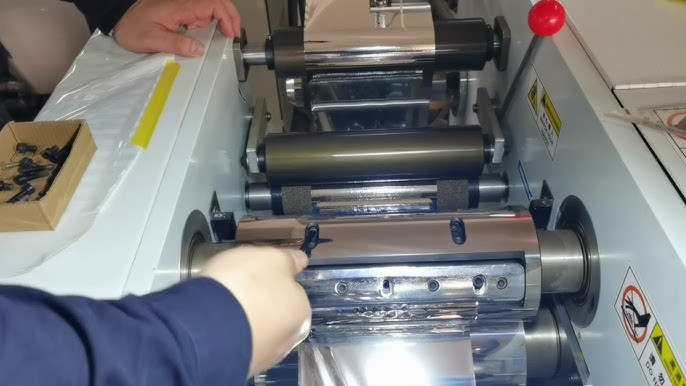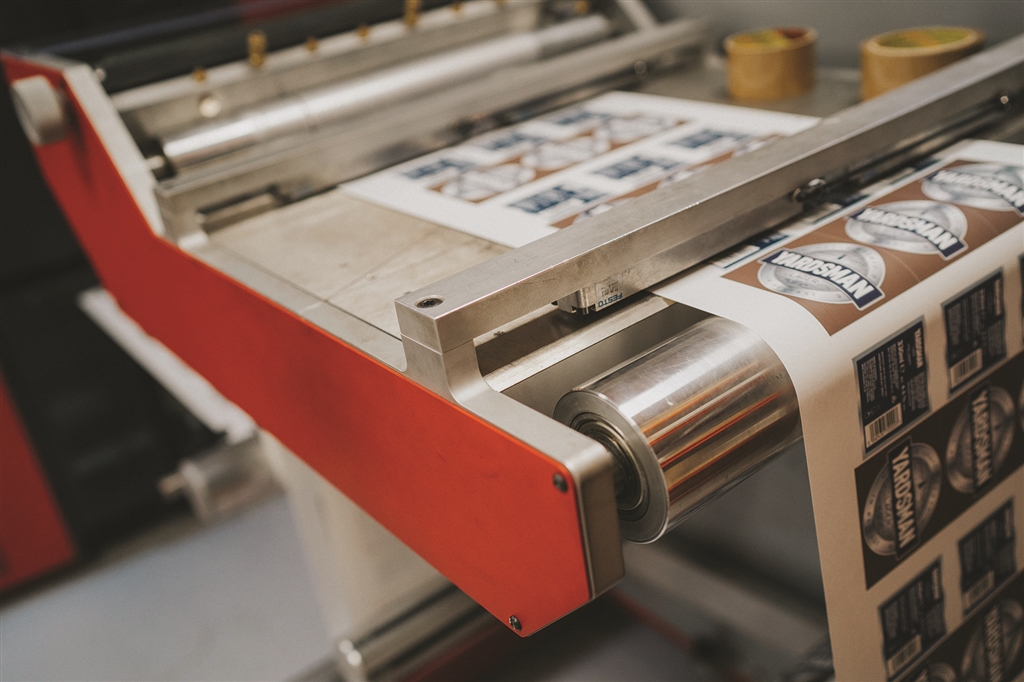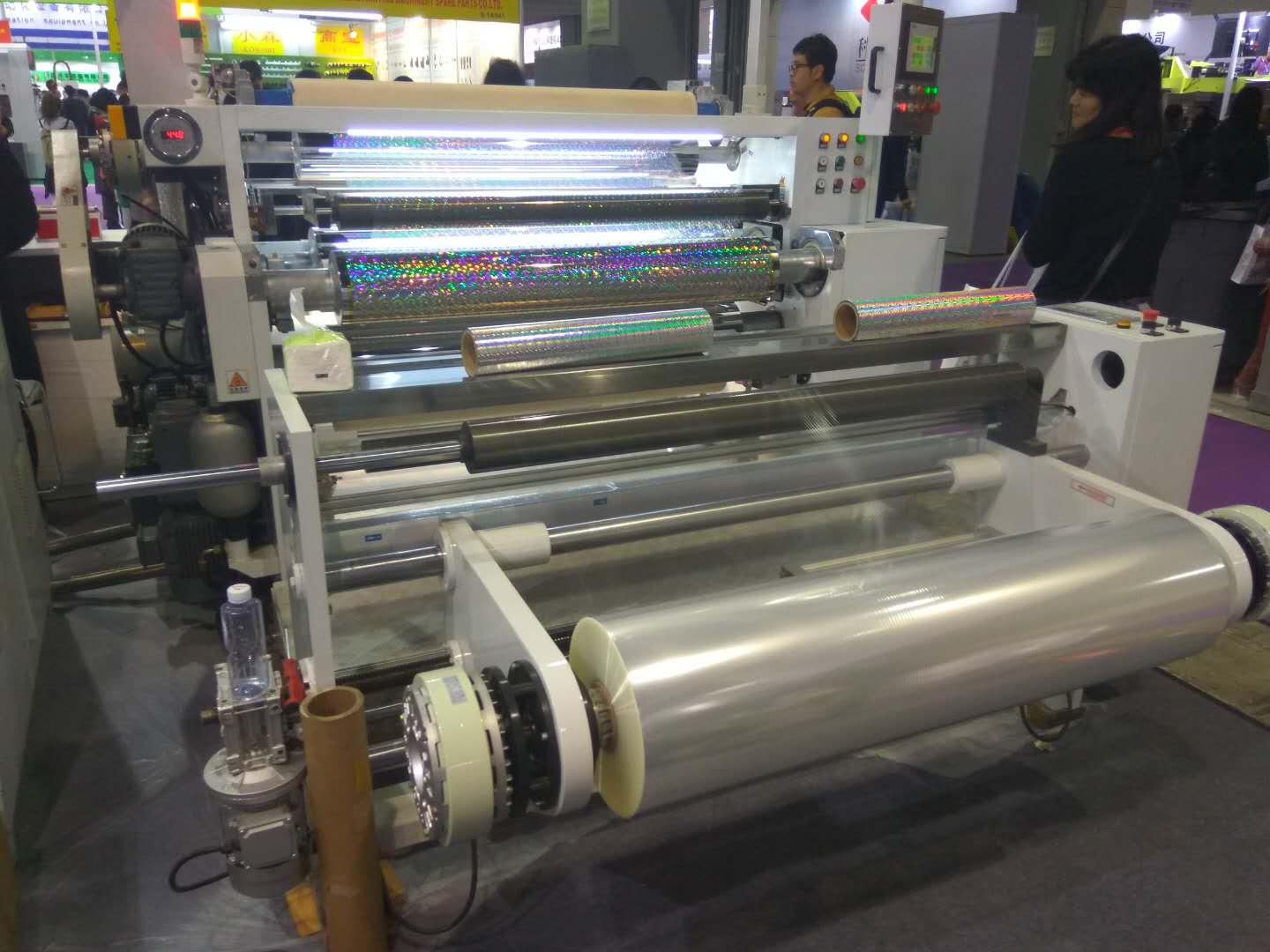The world of security printing is evolving rapidly, driven by the need for more secure and reliable methods to prevent counterfeiting and fraud. One of the most promising developments in this field is the biometric integration in security printing. This innovative approach combines traditional printing techniques with cutting-edge biometric technology to enhance security features and ensure authenticity.
The concept of biometric integration involves using unique biological characteristics, such as fingerprints, facial recognition, or iris scans, to verify the identity of an individual. When applied to security printing, these biometric identifiers can be embedded within printed materials, allowing for a more robust and tamper-proof authentication process.

Understanding Security Printing
Security printing encompasses a broad range of techniques designed to protect against forgery, tampering, and counterfeiting. It is commonly used for printing banknotes, passports, identity cards, and other sensitive documents. The goal is to make it extremely difficult for counterfeiters to replicate these documents without detection.
The Importance of Security Printing
The significance of security printing cannot be overstated. With the rise of digital technology, counterfeiters have become more sophisticated, making it crucial for governments and businesses to adopt advanced security measures. By integrating biometric technology, security printing can provide an additional layer of protection against unauthorized access and fraud.
How Biometric Integration Enhances Security Printing
Biometric integration introduces a new dimension to security printing by incorporating unique biological traits into printed materials. This approach offers several advantages, including enhanced security, improved accuracy, and increased efficiency.
Enhanced Security
By embedding biometric identifiers into printed documents, the risk of forgery and counterfeiting is significantly reduced. Unauthorized individuals attempting to replicate these documents would need to duplicate the biometric data, which is nearly impossible to achieve.
Improved Accuracy
Biometric technology is known for its accuracy and reliability. Unlike traditional methods of authentication, which rely on passwords or PINs that can be easily compromised, biometric identifiers are unique to each individual. This ensures that only authorized users can access the protected information.
Increased Efficiency
The integration of biometric technology into security printing streamlines the authentication process, reducing the need for manual verification. This not only saves time but also minimizes the risk of human error, further enhancing the security of printed documents.
Applications of Biometric Integration in Security Printing
The applications of biometric integration in security printing are vast and varied. Some of the most common uses include:
Identity Documents
Biometric integration can be used in the production of government-issued identity documents, such as passports and driver’s licenses. By embedding biometric data into these documents, authorities can ensure that only the rightful owner can use them.
Banknotes
Incorporating biometric features into banknotes can help prevent counterfeiting and ensure the authenticity of currency. This is particularly important in regions where counterfeit currency is a significant issue.
Access Control
Biometric integration can also be applied to access control systems, allowing for secure and convenient entry into restricted areas. This is especially useful in high-security environments, such as government buildings and research facilities.
Challenges and Considerations
While the benefits of biometric integration in security printing are clear, there are also challenges and considerations that must be addressed.
Privacy Concerns
One of the primary concerns with biometric technology is privacy. The collection and storage of biometric data must be handled with care to protect individuals’ privacy rights.
Cost Implications
The implementation of biometric integration in security printing can be costly, requiring significant investment in technology and infrastructure. However, the long-term benefits, such as reduced fraud and increased security, often outweigh these initial costs.
Technical Challenges
The integration of biometric technology into security printing requires advanced technical expertise and precision. Ensuring the seamless incorporation of biometric features into printed materials is crucial for the success of this approach.
For more insights on security printing, visit anti-counterfeit printing.
The Future of Biometric Integration in Security Printing
The future of biometric integration in security printing looks promising. As technology continues to advance, the potential for even more secure and efficient printing solutions is limitless. Continued research and development in this field will likely lead to new and innovative applications for biometric technology.
To learn more about the evolution of security printing, check out screen printing features.
Case Studies: Successful Biometric Integration
Several organizations have successfully implemented biometric integration in their security printing processes. These case studies highlight the effectiveness and benefits of this approach.
Government Agencies
Many government agencies around the world have adopted biometric integration for their identity documents, resulting in enhanced security and reduced cases of identity theft.
Financial Institutions
Financial institutions have also embraced biometric integration to secure their banknotes and prevent counterfeiting. This has led to increased confidence in the currency and a reduction in fraud.
Private Sector
Various companies in the private sector have integrated biometric technology into their access control systems, improving security and protecting sensitive information.
Conclusion
Biometric integration in security printing represents a significant advancement in the fight against counterfeiting and fraud. By combining traditional printing techniques with modern biometric technology, organizations can enhance their security measures and protect sensitive information. As the technology continues to evolve, the potential for even greater security innovations is vast.
Stay informed about the latest developments in security printing by visiting serialization compliance.

FAQs on Biometric Integration in Security Printing
What is biometric integration in security printing?
Biometric integration in security printing involves embedding unique biological identifiers, such as fingerprints or facial recognition, into printed materials to enhance security and prevent forgery.
How does biometric integration improve security?
Biometric integration improves security by making it extremely difficult for unauthorized individuals to replicate documents, as they would need to duplicate the biometric data, which is unique to each person.
What are the challenges of implementing biometric integration?
Challenges include privacy concerns, cost implications, and technical complexities involved in seamlessly integrating biometric features into printed materials.
This article contains affiliate links. We may earn a commission at no extra cost to you.







